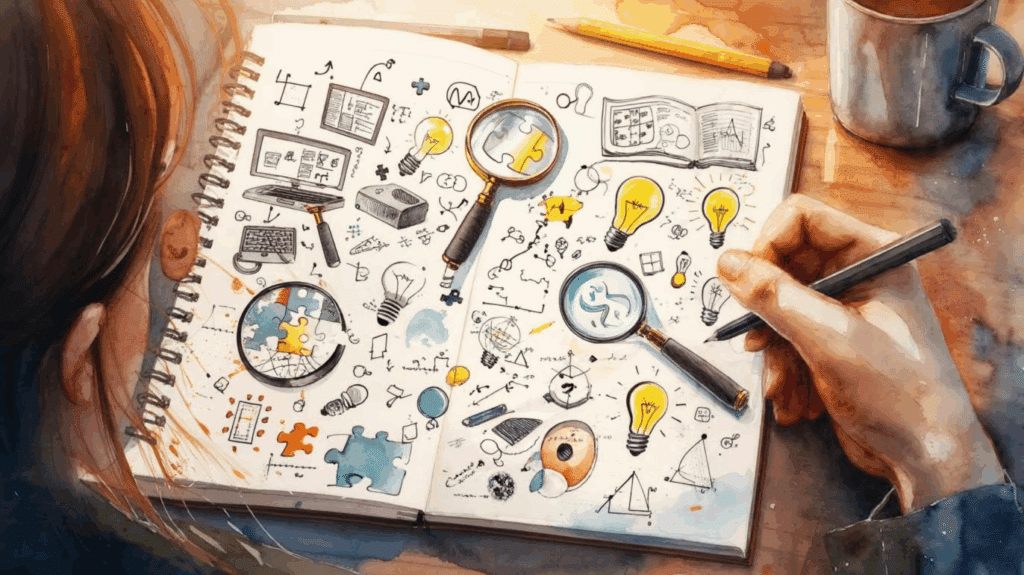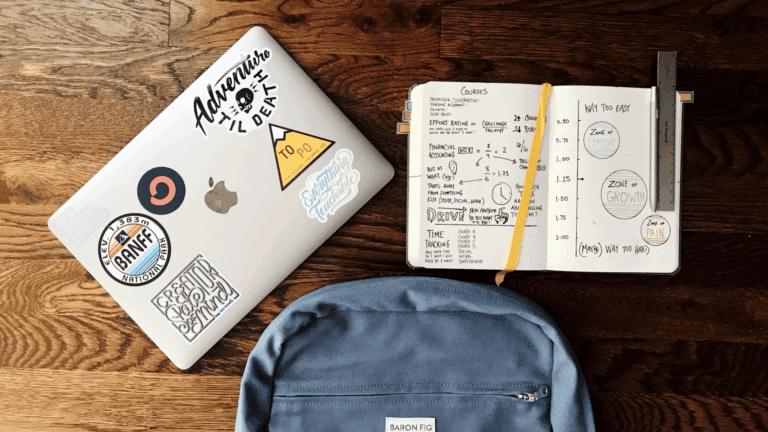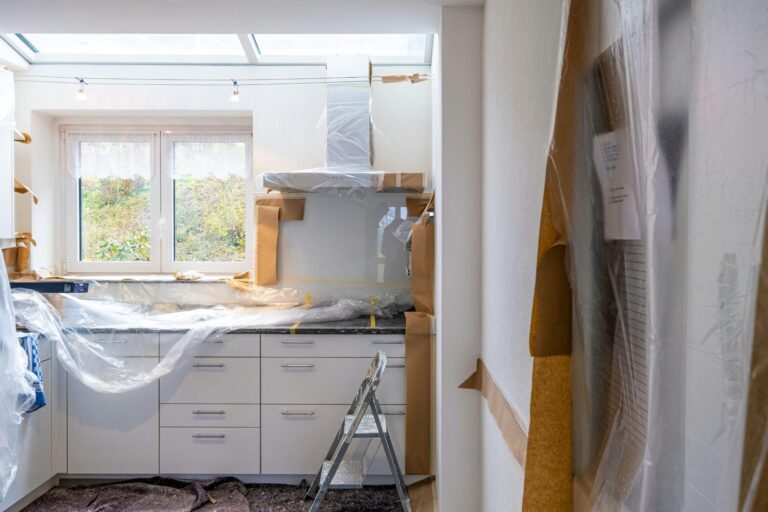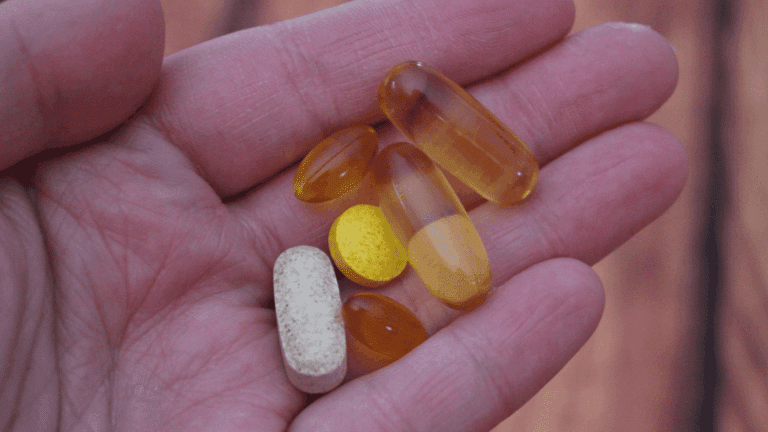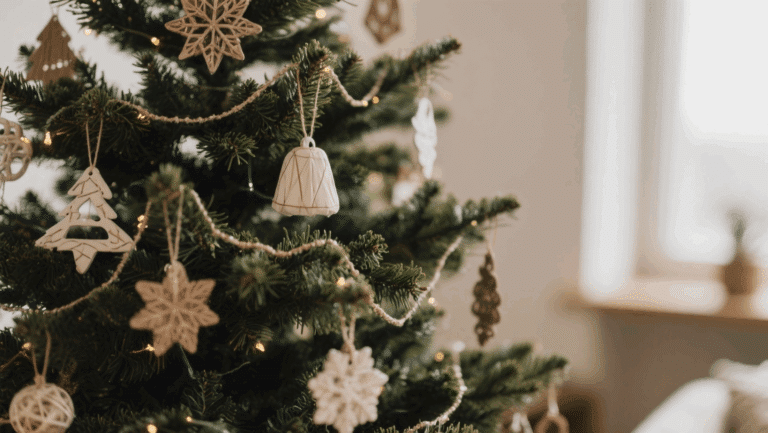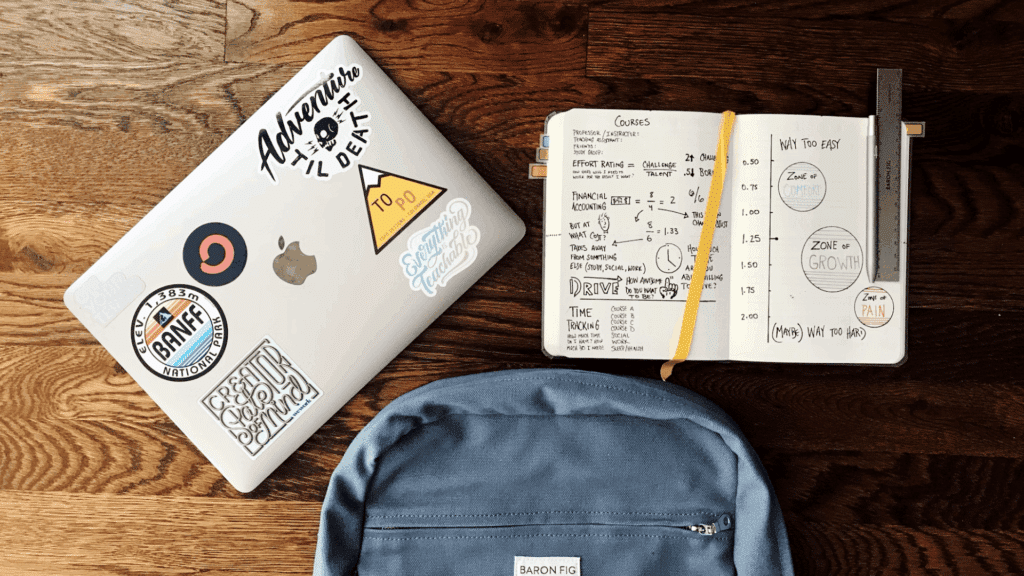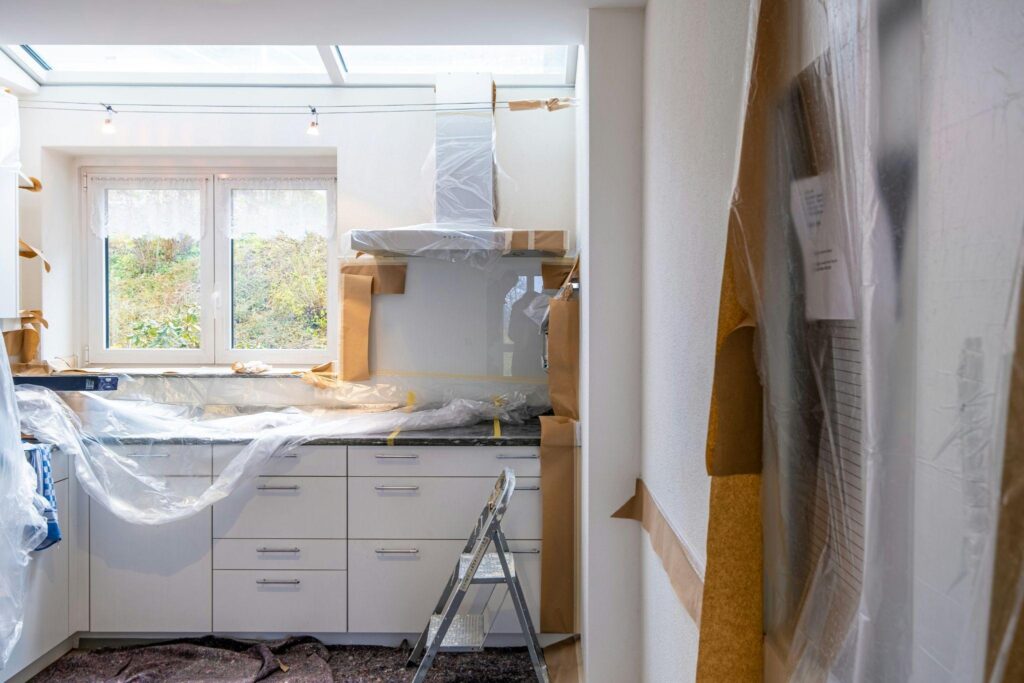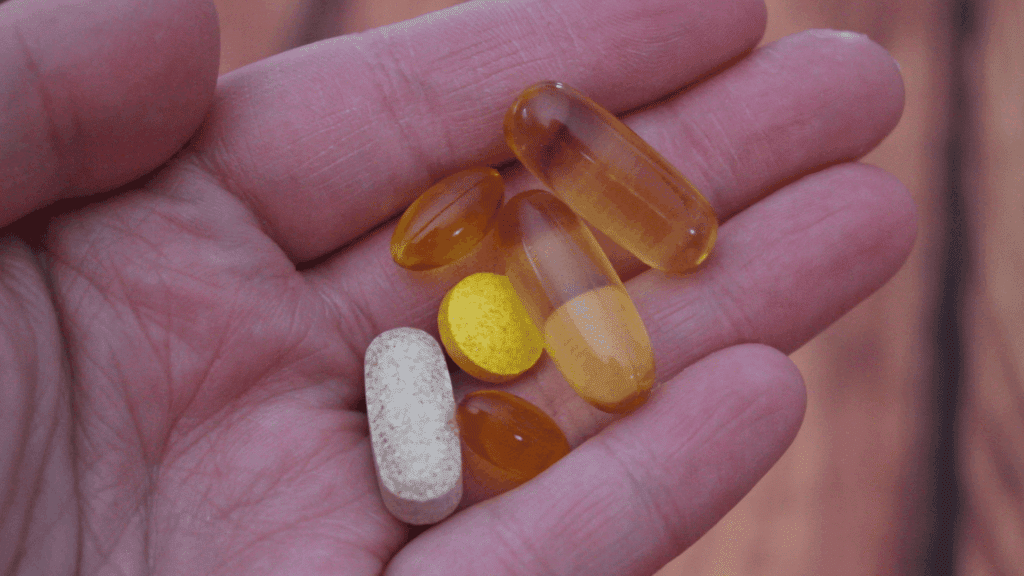Brain teasers can be fun yet frustrating. Many people enjoy riddles but feel stuck when they can’t figure out the answer to a seemingly simple question.
The riddle “What has a bottom at the top?” is one of those head-scratchers that makes you think twice about how words work. It’s not just a play on words – it’s a clever way to look at everyday items from a different angle.
This blog breaks down this classic riddle that has confused puzzle lovers for years. The answer is simpler than most would expect, and knowing it might make you laugh at how obvious it seems once explained.
Let’s solve this tricky wordplay together and learn why some riddles stick around for so long.
What Has a Bottom at The Top?
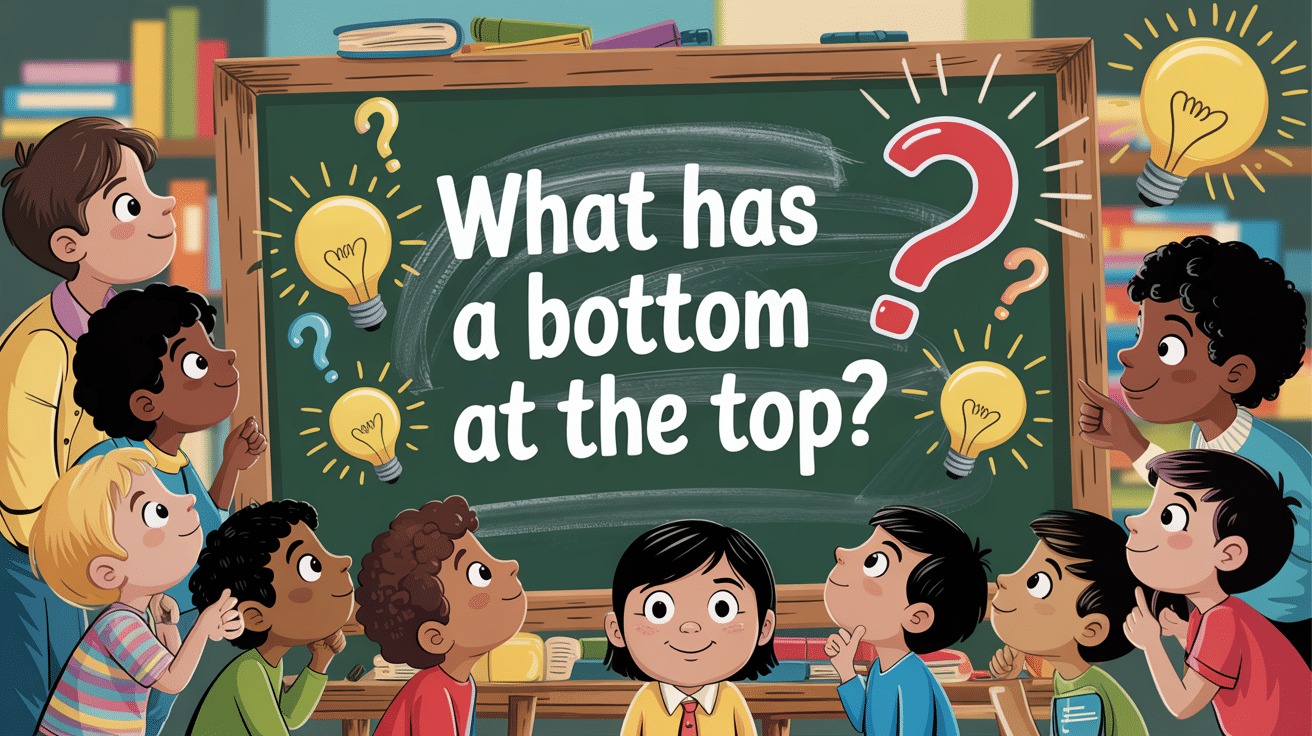
The answer to this brain teaser is a leg.
When we think about legs, we typically identify the “bottom” part as the foot that touches the ground. However, in human anatomy, the “bottom” of the leg (the foot) connects to what we call the “top” of the leg (the thigh) through the knee joint.
This riddle works because it plays with our spatial understanding and body terminology.
The “bottom” (foot) is positioned at what we refer to as the “top” part of our legs (thigh area), creating a paradox that makes this riddle so clever yet confusing at first glance.
Similar Riddles to Have a Good Time with Family
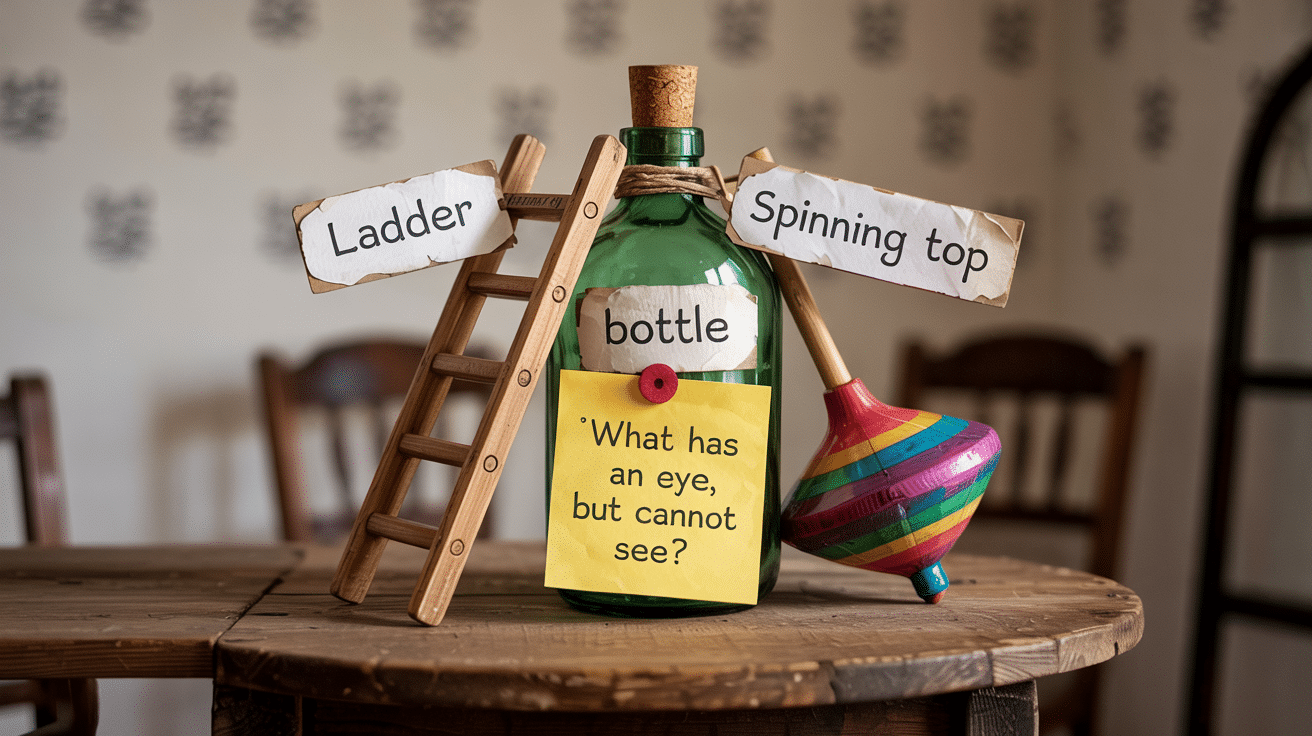
Did you know riddles can spark hours of family fun? Word puzzles bring people together and get them thinking. Here are some brain teasers that work just as well as “What has a bottom at the top?” for your next family gathering.
1. What Has Keys but Can’t Open Locks?
A Piano.
2. What Has a Tongue but Never Talks?
A Shoe.
3. What Can Travel Around the World While Staying in The Corner?
A Stamp.
4. What Has One Eye but Can’t See?
A Needle.
5. What Gets Wetter as It Dries?
A Towel.
6. What Has Hands but Can’t Clap?
A Clock.
7. What Has a Head, a Tail, but No Body?
A Coin.
8. What Comes Once in A Minute, Twice in A Moment, but Never in A Thousand Years?
The Letter “m.”
9. What Has a Neck but No Head?
A Bottle.
10. What Has Many Teeth but Can’t Bite?
A Comb.
11. What Can Be Cracked, Made, Told, and Played?
A Joke.
12. What Has Cities, but No Houses; Forests, but No Trees; and Rivers, but No Water?
A Map.
13. What Can You Catch but Never Throw?
A Cold.
14. What Has a Face but No Eyes, Mouth, or Nose?
A Clock.
15. What Has Legs but Doesn’t Walk?
A Table.
16. What Has a Heart that Doesn’t Beat?
An Artichoke.
17. What Can You Hear but Never Touch or See?
A Sound.
18. What Has an End but No Beginning?
A Circle.
19. What Comes Down but Never Goes Up?
Rain.
20. What Can Be Broken but Never Held?
A Promise.
21. What Is Full of Holes but Still Holds a Lot of Weight?
A Net.
22. What Runs but Never Walks, Has a Bed but Never Sleeps?
A River.
23. What Has a Thumb and Four Fingers but Is Not Alive?
A Glove.
24. What Has a Ring but No Finger?
A Telephone.
25. What Has a Soul but No Body?
A Shoe.
26. What Has a Tongue that Can’t Taste?
A Shoe.
27. What Has a Mouth but Doesn’t Speak?
A River.
28. What Has a Bed but Never Sleeps?
A River.
29. What Has a Lock but No Key?
A Keyboard.
30. What Has a Spine but No Bones?
A Book.
31. What Has a Foot but No Toes?
A Ruler.
32. What Is so Fragile that Saying Its Name Breaks It?
Silence.
33. What Can You Open but Never Close?
A Door.
34. What Has a Tail but No Head?
A Coin.
35. What Has a Throat but Can’t Swallow?
A Bottle.
36. What Is Always in Front of You but Can’t Be Seen?
The Future.
37. What Has a Back but No Front?
A Cloak.
38. What Is Always Coming but Never Arrives?
Tomorrow.
39. What Has Wings but Can’t Fly?
A penguin.
Tips for Solving Tricky Riddles
Riddles can sometimes leave even smart people scratching their heads in confusion. The key to cracking these word puzzles is to approach them with the right mindset and strategy. Here are some helpful tips:
- Look for double meanings in words.
- Think about objects from different angles.
- Read the riddle out loud to catch wordplay.
- Break down each word in the question.
- Consider both literal and figurative interpretations.
- Don’t overcomplicate your thinking.
- Ask yourself what might be hiding in plain sight.
To Conclude
So, what has a bottom at the top? A leg! This simple riddle shows how fun word puzzles can be.
Riddles do more than make us laugh – they help us think in new ways. They train our brains to look beyond the obvious and find hidden meanings. This skill helps in daily life, from solving work problems to understanding jokes.
Try sharing these riddles with friends and family. Watch how different people approach the same puzzle.
You might be surprised by who solves it first! Or make up your own riddles based on similar word tricks.
Leave a comment below with your favorite riddle. I’d love to hear which ones stumped you the longest or made you laugh the hardest when you finally got the answer!


